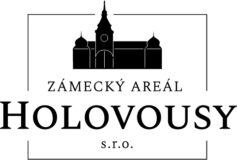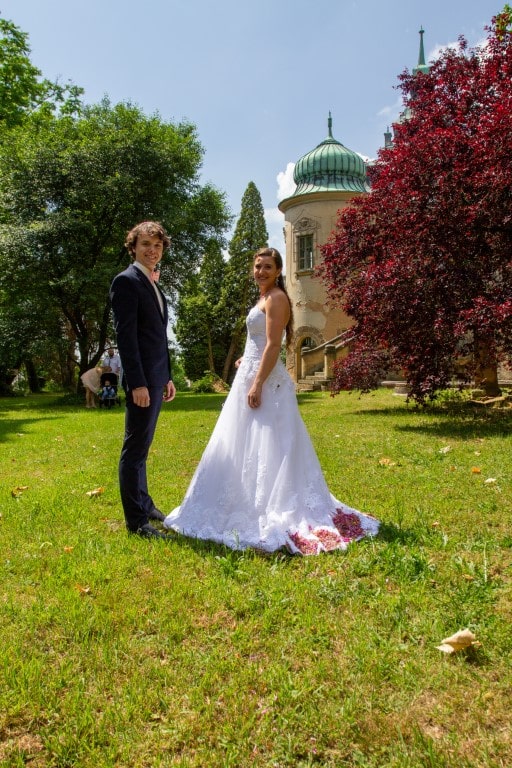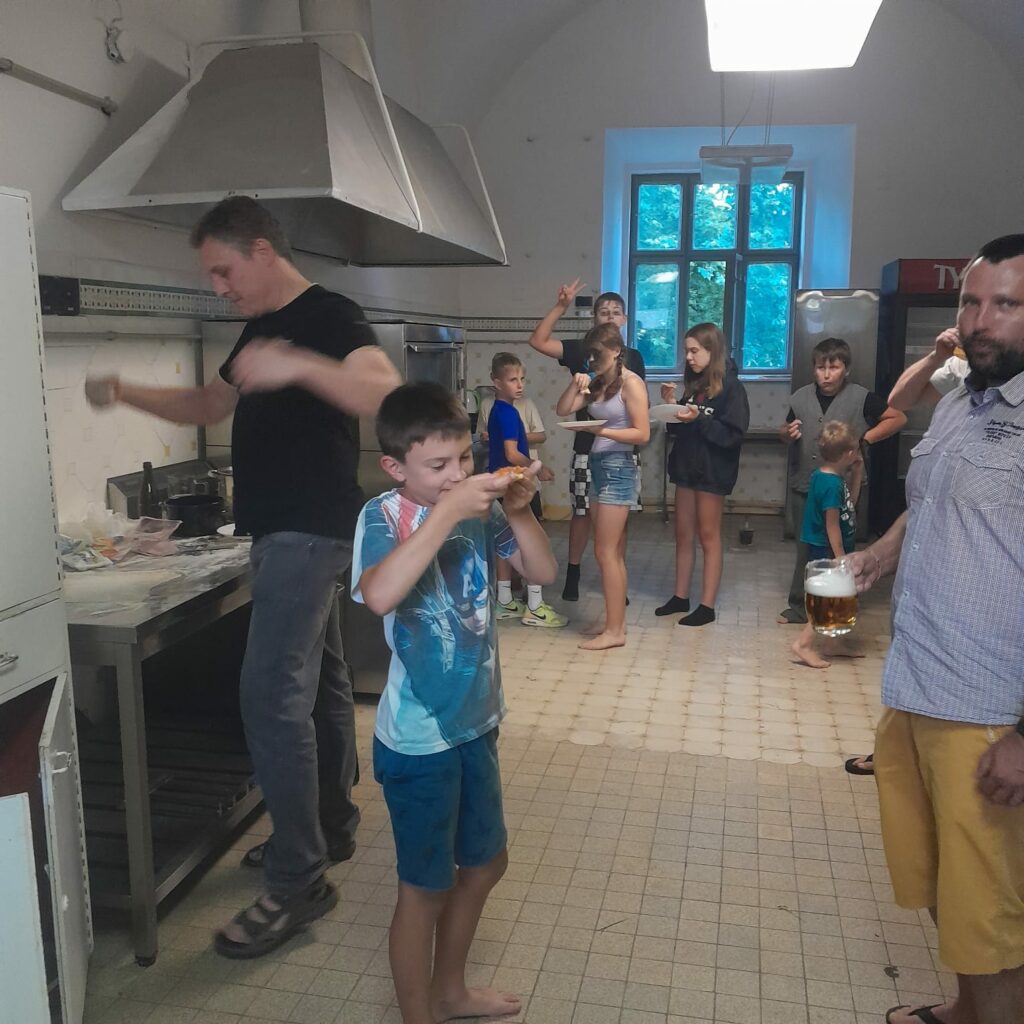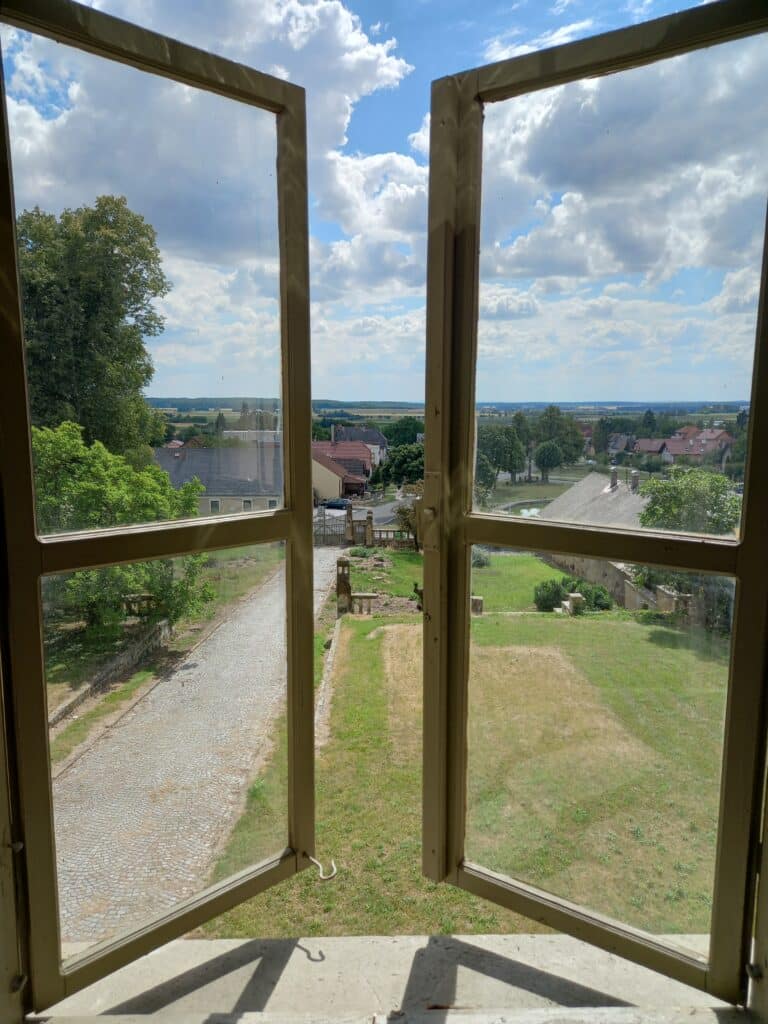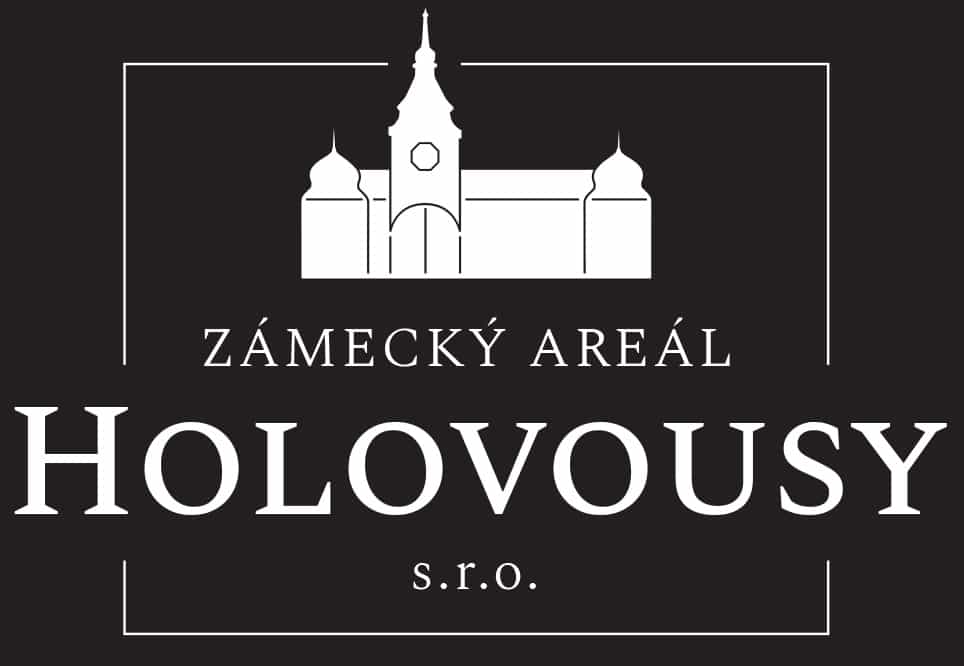About the Chateau
“The Holovousy farm, recorded in the land records of the Kingdom of Bohemia, lies south-west of Hořice, …, is famous for growing the famous Malinac Holovousy apple.” This is how Jan Vejrych, the author of the reconstruction of the local chateau, begins his autoref. On 26 May 1904, the estate finally passed into Czech hands again “after a long time” when it was bought by Dr. František Malínský, a well-known big industrialist from Ronov.
The manor house in Holovouse was preceded by a fortress, first mentioned in 1433. It is not clear when it was rebuilt – it must have happened either some time before 1594, when the farm was forcibly sold due to debts, or during the time of Vladislav Smiřický of Smiřice, who bought it in the aforementioned year and annexed it to Hořice, where he was probably in the process of building a new mansion. The huge sum he spent on the farm indicates a prosperous commodity, which may have included a new Renaissance chateau, although it was never completed.
A unique place with a unique history...
The manor passed to Albrecht von Wallenstein, then belonged to his fief system and after more frequent changes of owners and divisions it remained in the possession of the Liebstejnskis of Kolovrat, after 1728 the Lamotts and after a year the Leveneurs. According to the architect Vejrych, the building was completely unremarkable before the general reconstruction, and since it had not been inhabited for 25 years, it was also rather dilapidated. The first plans of the Art Nouveau reconstruction with romantic elements date back to 1906. The actual building work was carried out between 1906-07, and the following year the buildings in the forecourt were already being repaired and a ‘French-style’ garden with terrace walls and balustrades was created. The layout of the chateau, however, reveals a very complicated development, with the rounded towers in the corners reminiscent of the Renaissance pre-Georgian reconstruction.
The architect Jan Vejrych described the floor plan of the first floor in Holovouse and thus the spatial requirements of the time can be traced. Starting from the upper circular bay window is the narrow library room, next was to be the billiard room and study, followed by the master’s room, at the end of the corridor was the chapel, in the corner was the salon (music room) with a bay window, behind the staircase was the lady of the house’s chamber, next to the bedroom with a bath in the middle wing, followed by a small dining room or also a living room with a small preparation room in the middle wing. In another part was the children’s and governess’s room, and in the rest of the wing were variously sized guest rooms, in fact two suites.
Pavel Vlček, Illustrated Encyclopedia of Czech Castles, pp. 427-428
